Exploring the weird world of exoplanets
From a world where the skies rain glass to Earth-like planets that might support life
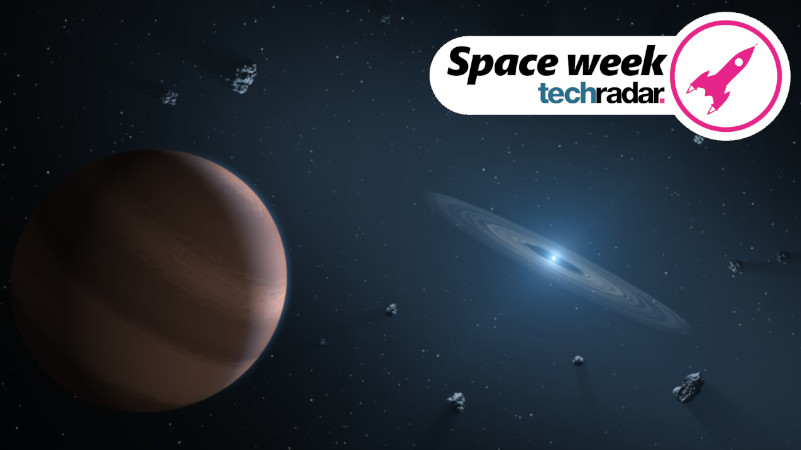
NASA's tally of confirmed exoplanets – worlds orbiting other stars – is about to pass the 4,000 mark, and the European Extrasolar Planets Encyclopedia has already exceeded that. There are also thousands of other potential candidates still to be confirmed, not least from observations taken from the now retired Kepler space telescope.
Most exoplanets fall into broad categories, with 40% similar in size and mass to our own ice giant Neptune. Another 30% are gas giants like Jupiter and Saturn.
Then things get a little strange, because the next 20% of newly discovered planets appear to be huge rocky planets – like Earth, only much, much bigger.
Rocky planets that might be anything like our own Earth, Venus, or Mars, only account for around 4% of confirmed exoplanets to date, with a few more that defy categorization mainly because we just don't have enough data on them.
However, we're about to get an even better look at exoplanets across the universe. The launch of TESS (Transiting Exoplanet Survey Satellite) in April means we have a new planet-hunter warming up in the skies, as it looks to 400,000 stars directly for any evidence of planets there.
In celebration of all this, here we're going to look at some of the most weird and wonderful exoplanets that have been discovered to date.
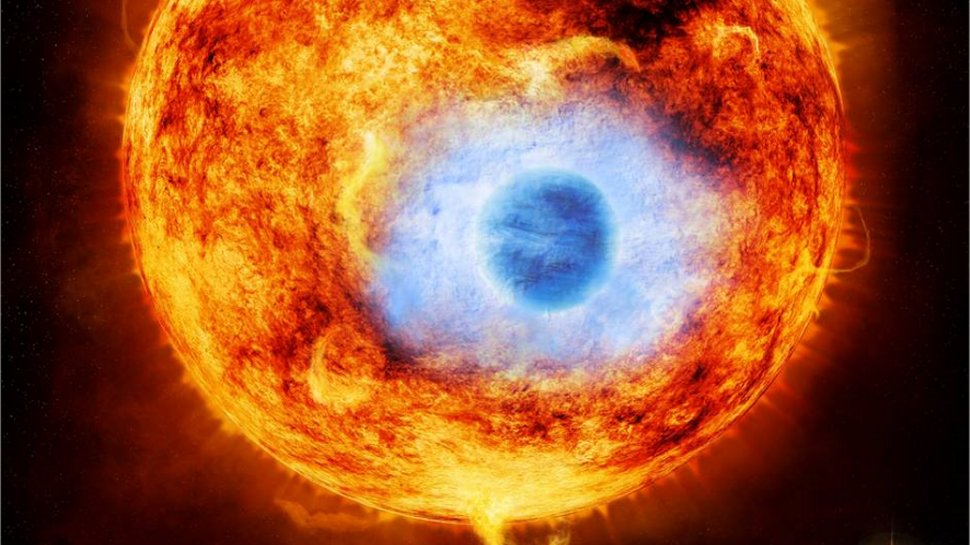
1. The planet where it rains glass
One of the most common exoplanets to be first discovered is a class known as 'hot Jupiters'. Simply put, they are worlds of comparable size to Jupiter, the biggest planet on our solar system, but come with a simple caveat: they orbit incredibly close to their host star, making them likely to be unbelievably hot.
Get daily insight, inspiration and deals in your inbox
Sign up for breaking news, reviews, opinion, top tech deals, and more.
HD189733b is not only a hot Jupiter, but was the first exoplanet whose color we were able to directly observe. Even more surprising is that the azure-blue of its atmosphere likely comes from silicates – ie glass.
At 63 light years away, HD189733b may be very distant from us – but while our Earth takes a whole year to orbit our star, the sun, HD189733b takes only 2.2 days. This results in clouds of hot glass that rain down from the planet's outer atmosphere and into its interior.
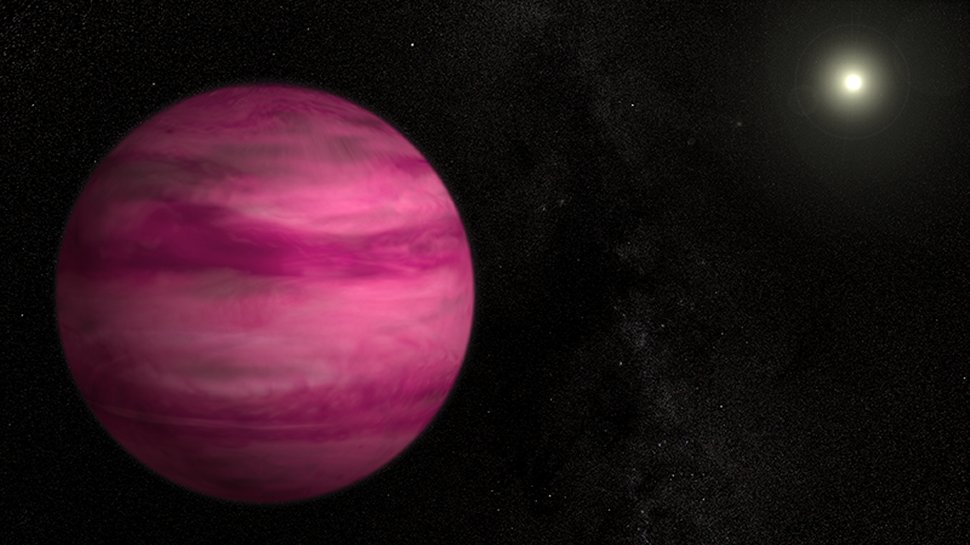
2. The lightest planet
Gliese 504 b, aka GJ 504b, is one the lightest planet discovered so far. Although it's thought to be many times the size of Jupiter, its mass is less than our biggest planet. Effectively, GJ 504b is literally a glowing ball of gas, so while our own Saturn could float on water, GJ 504b would breeze over it.
What's remarkably different about GJ 504b is it's color: a dark cherry-blossom red. This is caused by the gases it's made from still glowing after the planet was formed.
GJ 504b can be found around 57 light years away, in the constellation of Virgo.
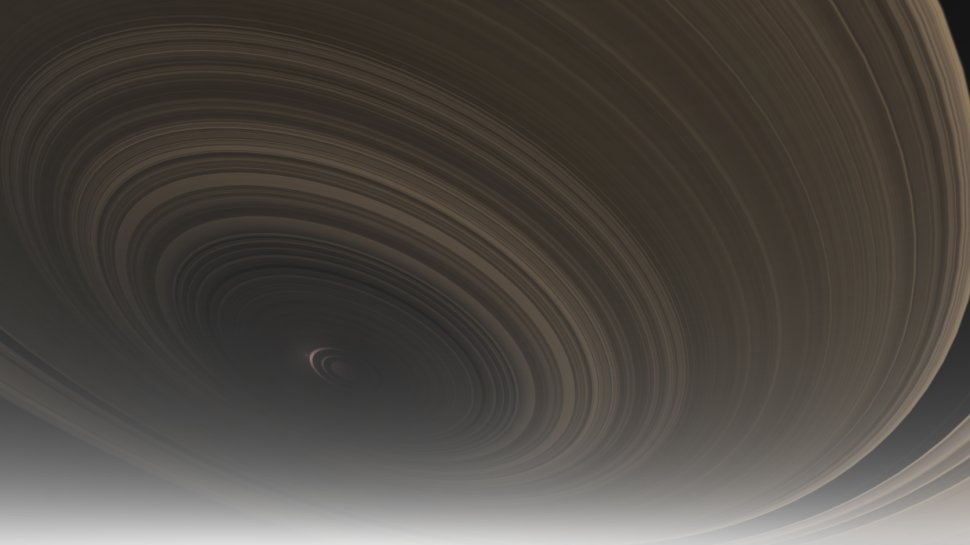
3. The lord of the rings
Saturn may wow us with its beautiful rings, but even they don't come anywhere near the grandeur of J1407b's ring system.
At about 420 light years away, in the constellation of Centaurus, J1407b is a gas giant about 20 times the size of Saturn – but with a ring system hundreds of times larger. In fact, J1407b has the biggest system of rings detected around any planet: they extend out to the massive distance of 0.6 AU (90 million km, 56 million miles).
What's more, there are gaps in the rings that suggest that – as with Saturn – exomoons may have formed there, clearing the ring in that area. There's an especially large gap about two-thirds of the way through the ring system, suggesting a particularly large moon present there. While we can only infer the existence of such an exomoon indirectly, it's hard not to imagine the incredible views in its sky of its parent planet.
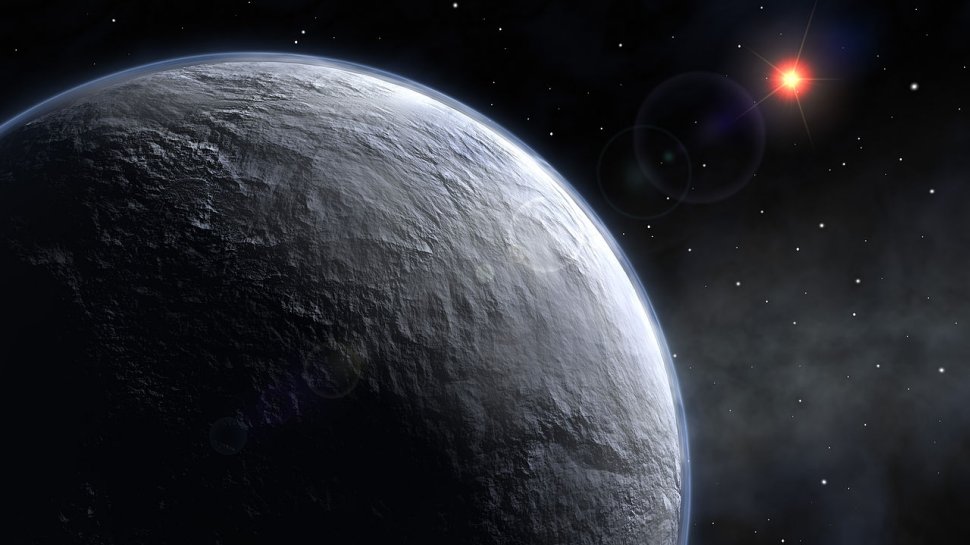
4. The coldest known planet
While a lot of exoplanets are so close to their stars they are burning hot, the exoplanet with the curious title of OGLE-2005-BLG-390L b goes to the other extreme – it's the coldest exoplanet discovered so far, and at over 20,000 light years away, it's also one of the most distant planets detected.
OGLE-2005-BLG-390L b is also a superearth, meaning that it's believed to be a rocky planet, perhaps five times larger than Earth. However, its parent star is a dim red dwarf that is barely giving off any heat. And OGLE-2005-BLG-390L b doesn't orbit particularly close to it.
This means that the surface temperature of this exoplanet has been estimated to be just 50 K (−220C), making it the coldest known planet to date.
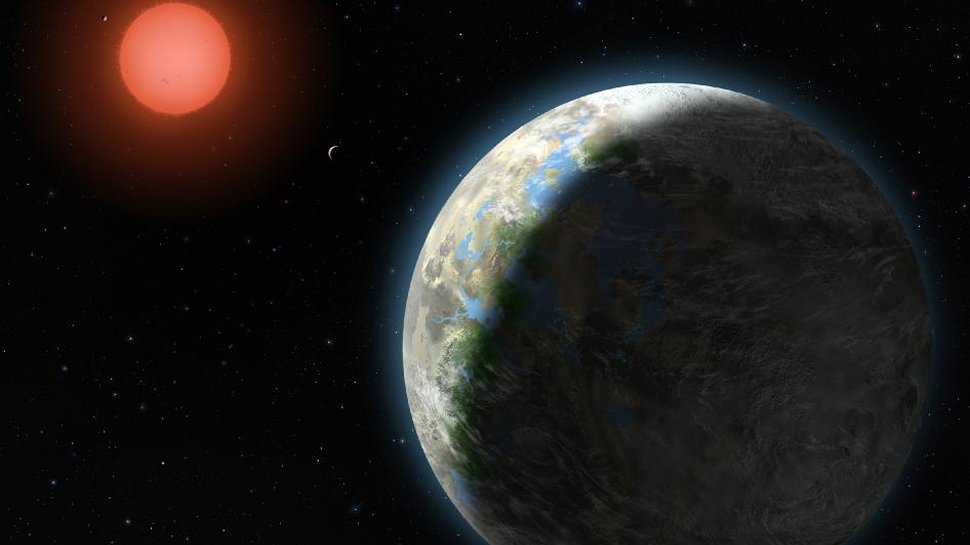
5. The most likely to support life
One of the key reasons for looking for exoplanets is to find one capable of supporting life as we know it. In other words, somewhere more like our own Earth. Although we've only scratched the surface in terms of the exoplanets out there, most appear very inhospitable to us.
The first one that doesn't is Gliese 581g. At first that might seem unlikely – the exoplanet is about 1.4 times wider than Earth, and between three and five times heavier. However, it's right in the so-called habitable zone: the area around a star where liquid water can form and life as we know it could exist.
Studies so far suggest that if we want to see a world like our own, then Gliese 581g is one of the better contenders so far.
At 20 light years away, it's still quite a distance, but relatively close in astronomical terms. Even more interesting, it is one of four planets detected around that star.
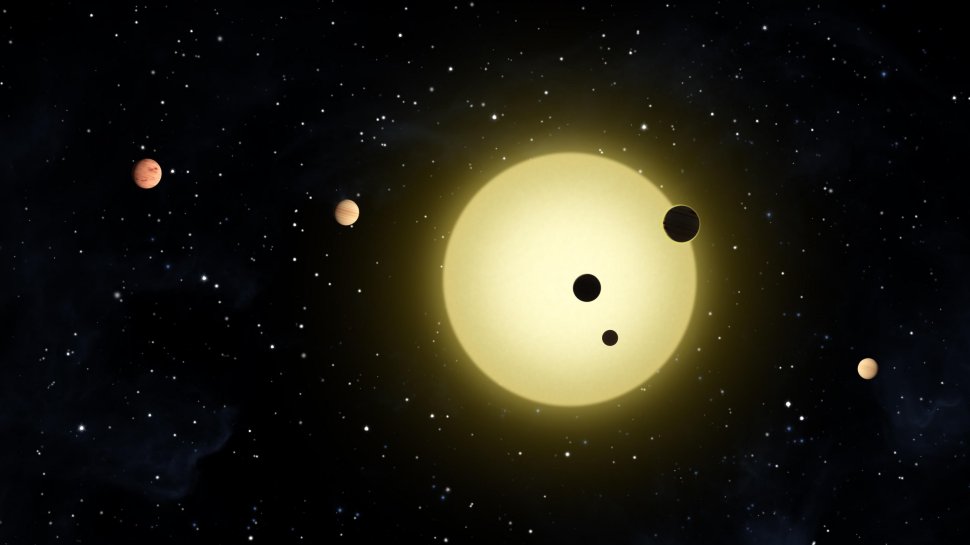
6. The first full solar system
Of all the Kepler space telescope's achievements, one of its best was the discovery of a fully developed system with multiple planets orbiting a star that was subsequently named Kepler-11.
While most exoplanets are found by observing the planet's shadow blocking out its parent star's light-a process that can be a long and require patience – with Kepler 11 multiple planets were found to be passing in front of the star at the same time.
In the end, it was determined that the Kepler 11 star system included at least six planets, but it remains possible that more could yet be found.
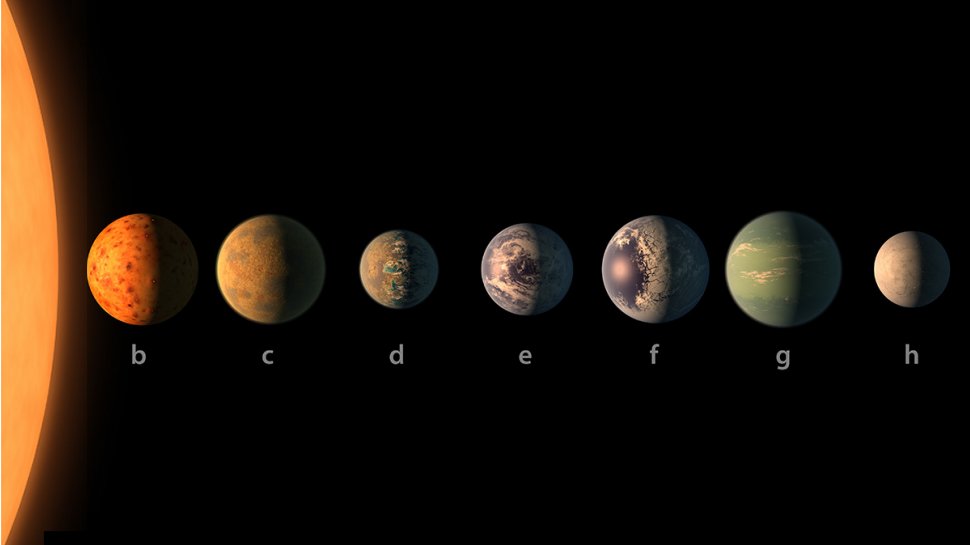
7. The most habitable star system
Over the past decade, several star systems (stars orbited by multiple planets) have been discovered, but none have excited the imagination as much as the Trappist system.
Based around the star Trappist-1, what really excites astronomers is that this star system contains not just seven planets but that all of these planets appear to be similar to Earth. And the piece de resistance? They could all have liquid water at their surfaces.
The star they orbit is a cool dwarf star, and all seven of the exoplanets orbit in a wide habitable zone. While other exoplanets may have a strong claim to being able to support life, only the Trappist-1 system provides so many chances for this to occur.
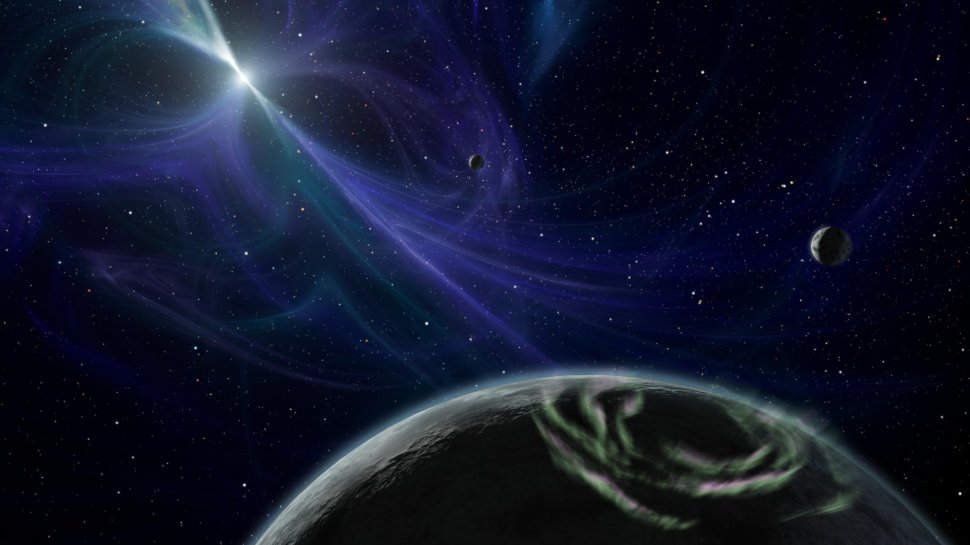
8. The first exoplanets
The discovery of exoplanets didn't begin with one, but two. In 1992, Aleksander Wolszczan announced the discovery of a pair of exoplanets orbiting the star PSR B1257+12, and later added a third to the tally.
That was been extraordinary enough, but there was more. These exoplanets are not in orbit around any normal star, but a neutron star. The last place anyone expected to find planets.
The reason is simple: a neutron star results from a large star collapsing in on itself in a huge stellar explosion. Any planets around that original star should have been destroyed when the original star imploded.
And yet here were three planets, clearly and provably in orbit around the dense core of a powerful, electromagnetic powerhouse of a neutron star.
Although other exoplanets were suggested before these ones, the exoplanets around PSR B1257+12 were the first proven to exist.
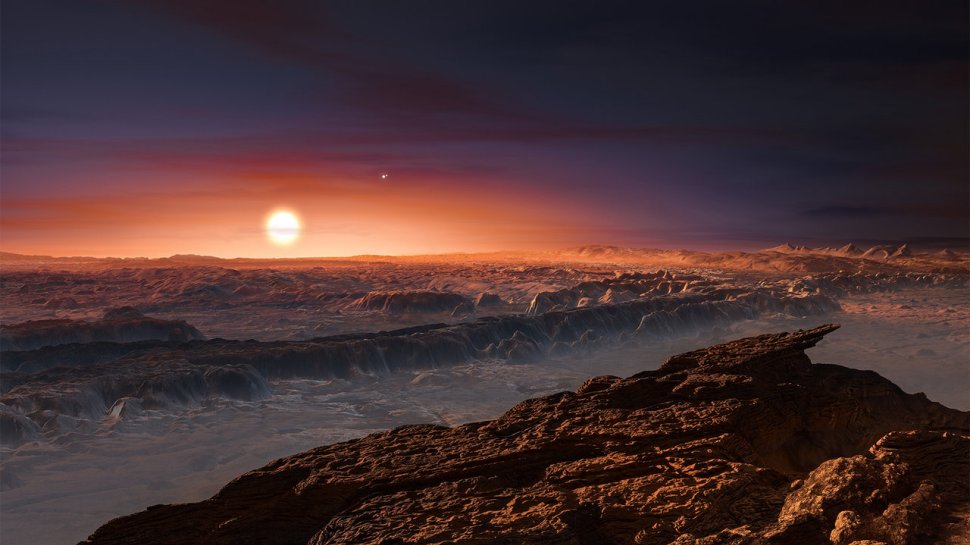
9. The nearest exoplanet
So far, we've tended to see exoplanets as exotics around distant stars. While we know many planets must exist around many other stars, some presumed there couldn't be any very close.
They were proved very wrong when in August 2016 an exoplanet was discovered around Proxima, part of the Centauri star system-our nearest stellar neighbor.
What was even more shocking is that Proxima b appeared to be a rocky planet that was not just very similar in size to Earth, it was also in Proxima's habitable zone for liquid water.
However, before we rush out looking to shake hands with our Centauri friends, we need to exercise caution. While Proxima may be a very close star, it is also a potentially very volatile one. While Proxima b itself may well prove capable of supporting liquid water on its surface, it may have been subjected to too much radiation from its own star for life as we know it to have developed there.
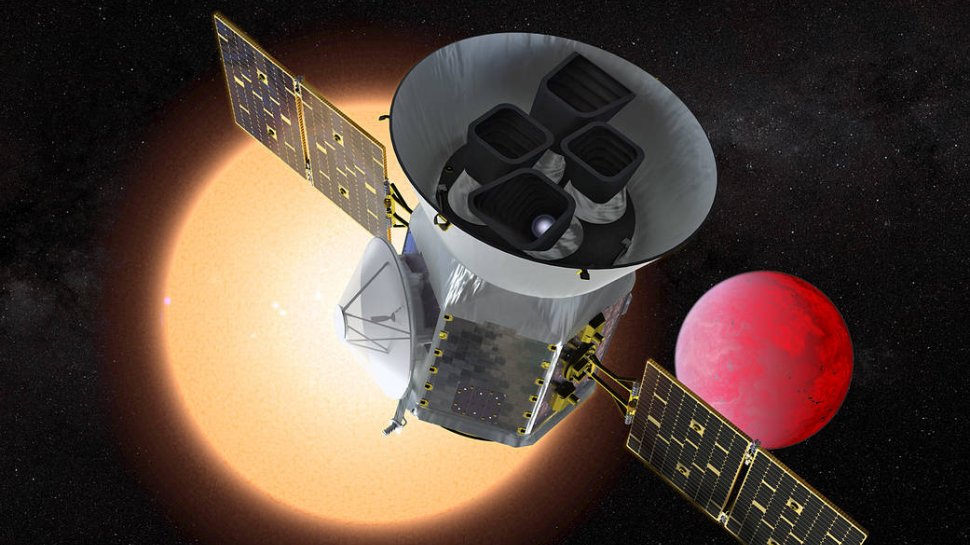
10. The newest exoplanet
The exoplanet orbiting the star LHS 3844 probably seems a little unremarkable by comparison to others on this list.
So far as we can tell, it's a rocky planet and a little larger than Earth. It also orbits very close to its parent star so it's likely to be very hot, with estimates so far giving it a surface temperature of around 500 K (520 °C; 980 °F). Additionally, though it's large enough to host an atmosphere, if it formed in its current position the expectation is that stellar winds from the parent star likely blasted all this away during its formation.
The reason it makes this list is simple: it's the most recent exoplanet confirmed to date. Even better, it's one of the exoplanets already discovered by the new TESS space telescope, so likely it's going to be just one of many.
If nothing else, the TESS mission will reveal not just more exoplanets, but more of their variety. While we've listed some of the extremes already discovered to date, you can be assured of one thing: this is just the beginning.


Welcome to TechRadar's Space Week – a celebration of space exploration, throughout our solar system and beyond. Visit our Space Week hub to stay up to date with all the latest news and features.
Brian has over 30 years publishing experience as a writer and editor across a range of computing, technology, and marketing titles. He has been interviewed multiple times for the BBC and been a speaker at international conferences. His specialty on techradar is Software as a Service (SaaS) applications, covering everything from office suites to IT service tools. He is also a science fiction and fantasy author, published as Brian G Turner.
